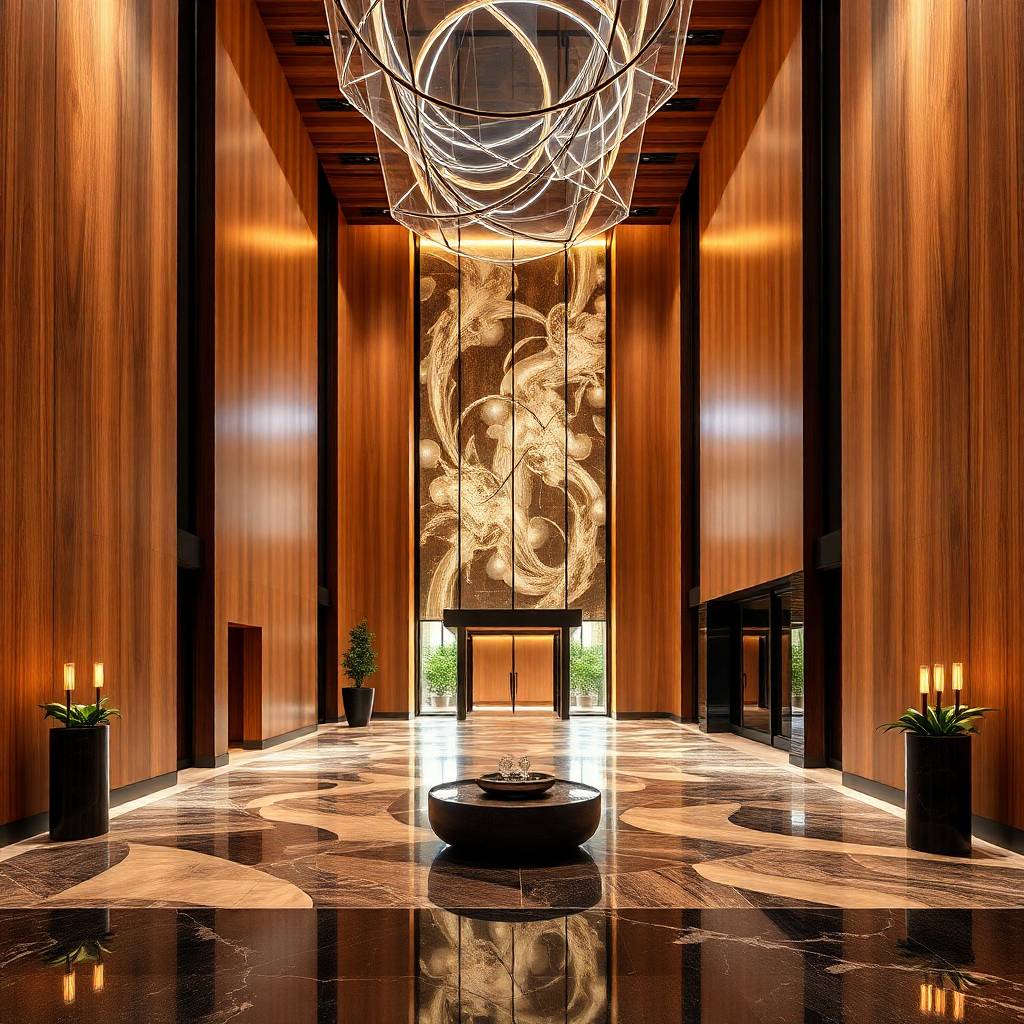Too Many Requests from Your Network
Please complete verification to access this content.
 Thai Tradition Meets Modern Architecture
Thai Tradition Meets Modern Architecture
In the search for sustainable urban development, the concept of a bamboo skyscraper in Thailand represents a groundbreaking fusion of traditional Thai craftsmanship with contemporary architectural needs. Envision a towering structure, not built from steel or concrete, but primarily from bamboo, one of the earth’s most renewable resources. This blog post delves into how this ambitious project could transform Thailand’s cityscapes, promoting both environmental sustainability and cultural heritage.
Bamboo’s Potential in Skyscraper Construction
Bamboo is celebrated for its strength, flexibility, and incredibly fast growth. Species like Guadua angustifolia and Moso bamboo are particularly noted for their structural capabilities, which in some cases can match the tensile strength of steel. The envisioned bamboo skyscraper would utilise treated bamboo poles for its structural framework, providing resilience against pests and the harsh Thai climate. This approach not only challenges traditional building materials but also highlights bamboo’s potential in sustainable high-rise constructions.
Design Aesthetics and Functional Benefits
The design of the bamboo skyscraper would incorporate intricate bamboo weaving, drawing inspiration from traditional Thai architectural patterns. This weaving isn’t just about aesthetics; it’s designed to encourage natural ventilation, reducing the dependency on air conditioning systems. Such a design would replicate the natural air circulation found in traditional Thai homes, making for a cooler, more comfortable urban living environment while significantly cutting down energy use. The bamboo lattice would also allow light to filter through, creating a dynamic interplay of light and shadow, enhancing the building’s visual appeal and environmental efficiency.
Structural Integrity and Safety Measures
To ensure the skyscraper remains stable, bamboo would be combined with modern engineering solutions. Bamboo can be engineered into laminated bamboo lumber (LBL), providing enhanced strength and stability for load-bearing parts. The building’s foundation could use bamboo-reinforced concrete, ensuring safety and durability while adhering to eco-friendly principles. Integrating bamboo with other sustainable materials like recycled glass or metal would further reduce the environmental footprint of the construction.
Economic and Environmental Advantages
Using bamboo in skyscraper construction offers profound environmental benefits. It grows quickly, sequesters carbon at an impressive rate, and its cultivation demands minimal water, pesticides, or fertilizers. Economically, bamboo can be sourced locally in Thailand, supporting local economies and reducing transportation costs. This skyscraper could serve as a beacon for sustainable building practices, demonstrating that ecological responsibility can also be economically viable.
Cultural and Educational Impact
This bamboo skyscraper would not only stand as a physical structure but also as an educational monument, showcasing how ancient techniques can address modern environmental issues. It would inspire a new generation of architects and builders to look back at indigenous materials and methods, fostering a blend of culture with cutting-edge technology. Such a project could revitalize interest in Thailand’s rich architectural heritage while pushing the envelope in modern sustainable design.
Envisioning a Sustainable Future for Thai Cities
 A bamboo skyscraper is more than a building; it’s a symbol of what’s possible when we respect and incorporate traditional wisdom into modern challenges. It challenges our notions of what skyscrapers can be, advocating for a future where urban landscapes are greener, more breathable, and culturally rich. As Thailand moves towards greater sustainability, such projects could lead the way, proving that with creativity and reverence for natural resources, we can achieve architectural marvels that benefit both people and the planet.
A bamboo skyscraper is more than a building; it’s a symbol of what’s possible when we respect and incorporate traditional wisdom into modern challenges. It challenges our notions of what skyscrapers can be, advocating for a future where urban landscapes are greener, more breathable, and culturally rich. As Thailand moves towards greater sustainability, such projects could lead the way, proving that with creativity and reverence for natural resources, we can achieve architectural marvels that benefit both people and the planet.This innovative approach to architecture could redefine Thai cityscapes, making them not only more sustainable but also a testament to the enduring spirit of Thai craftsmanship. Let’s see the bamboo skyscraper as a step towards a sustainable urban future in Thailand.




